
Meet Engineer-Turned-Watchmaker Logan Kuan Rao Making Waves In The High-End Chinese Indie Scene
The young Chinese watchmaker - now based out of Guangzhou - chats with Wristcheck about the past and future of his eponymous independent brand
It isn’t often that interviews with an up-and-coming indie watchmaker veer into a conversation about ‘The Ship of Theseus’ thought experiment, yet that’s precisely what I find myself discussing with Logan Kuan Rao.
A young Chinese watchmaker whose love of horology stems from the discipline’s traditional underpinnings (more than its modern spectacle) Rao is not the pervasive presence in modern watch culture many of his Western counterparts seem intent on becoming.
By all accounts, he occupies a modest footprint on social media; and you certainly won’t catch him at the tradeshows yucking it up with luxury watch influencers, nor the kind of super-dealers who can make or break the debut of most owner-operated independents.
That all lends credence to the reputation Rao has - among a particularly learned subset of our community - for being singularly focused on the essence of watchmaking.
Curious and intellectually gifted, Rao began his journey into watches as a moderator of the biggest enthusiasts’ forum on the Chinese internet. In 2016, whilst studying materials science at Imperial College London, he completed his first prototype wristwatch known simply as the ‘Orca’.

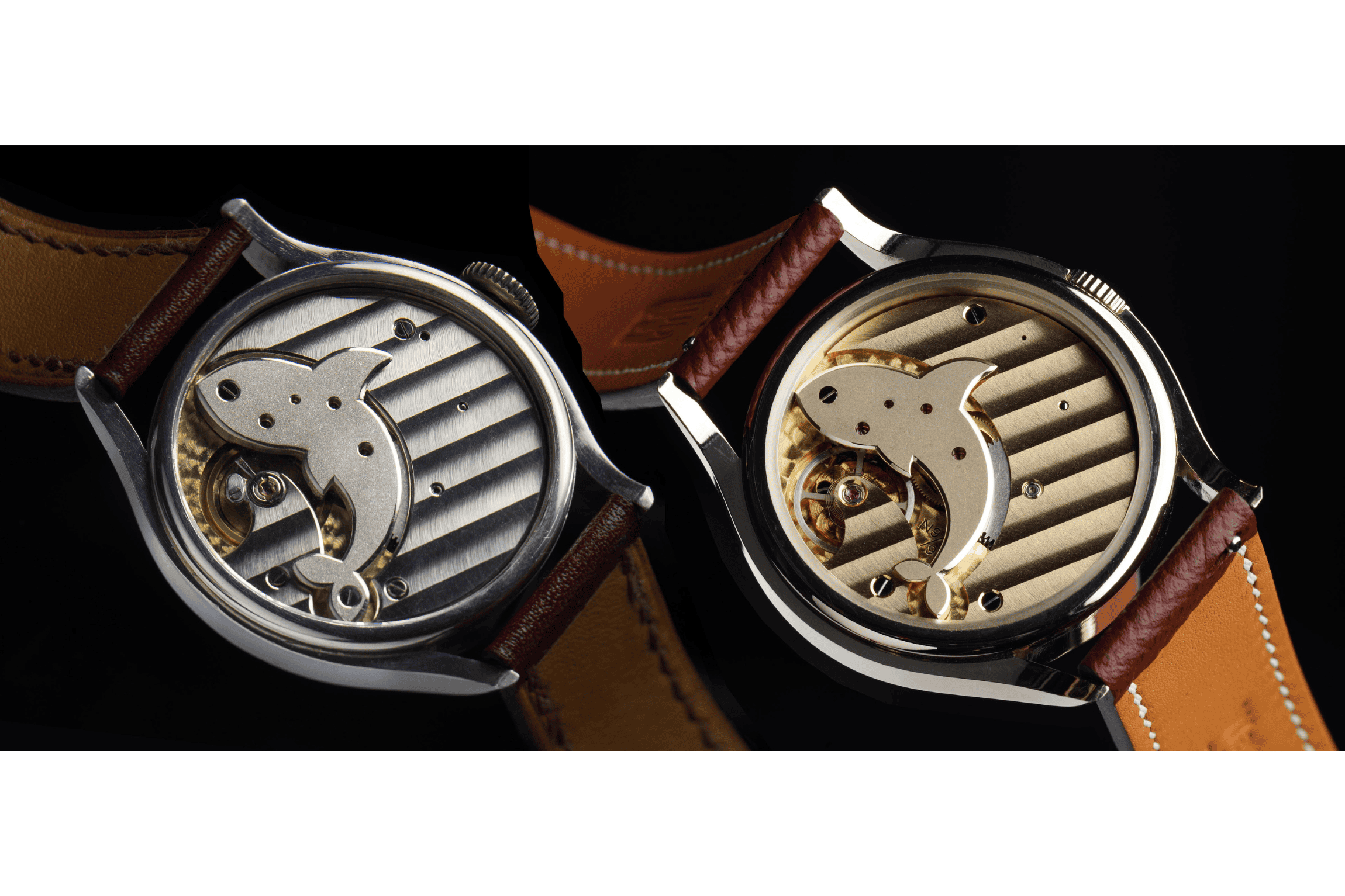
An elegant two-handed design, this watch draws on Rao’s robust passion for architecture (both his parents work in that field), keyless pocket watch movements and his own background in engineering. Crucially, the vast majority of the Orca’s internal components - including the large, distinctively whale-shaped sterling silver bridge - are all handmade.
Rather than deploying modern manufacturing techniques as a gimmick, Rao prefers to leverage these computer-aided processes only where they make sense (e.g. initially, the Orca’s two-part case is 3D printed).
With his new workshop in the southern Chinese metropolis of Guangzhou up-and-running, we took the opportunity to speak with Rao about the latest batch of Orcas; other exciting projects he’s currently working on; and the wisdom he has accrued as a self-taught watchmaker over the past 7 years.
Excerpts from the interview:
Initially, what gave you the motivation to craft your own prototype wristwatch at the age of 20? How did you manage to balance this challenge with full-time study at university?
I had a strong fascination for modern wristwatches at first. After acquiring a few, I found myself drawn to pocket watches and vintage. As time went on, and my understanding of horology deepened, I gradually settled on a path many might consider unconventional. I realized that buying timepieces which genuinely resonated with my less common tastes - and importantly, within my budget - was becoming more and more challenging.
So, in a burst of self-assuredness, I ventured onto the path of self-taught watchmaking. During all of the breaks I had throughout my university years, I immersed myself in watchmaking. It’s certainly true that I didn’t have the time for it during the semester; but even so, I always kept my eye on resources like eBay: so I could buy books, tools and watchmaking equipment during moments when I wasn’t busy.
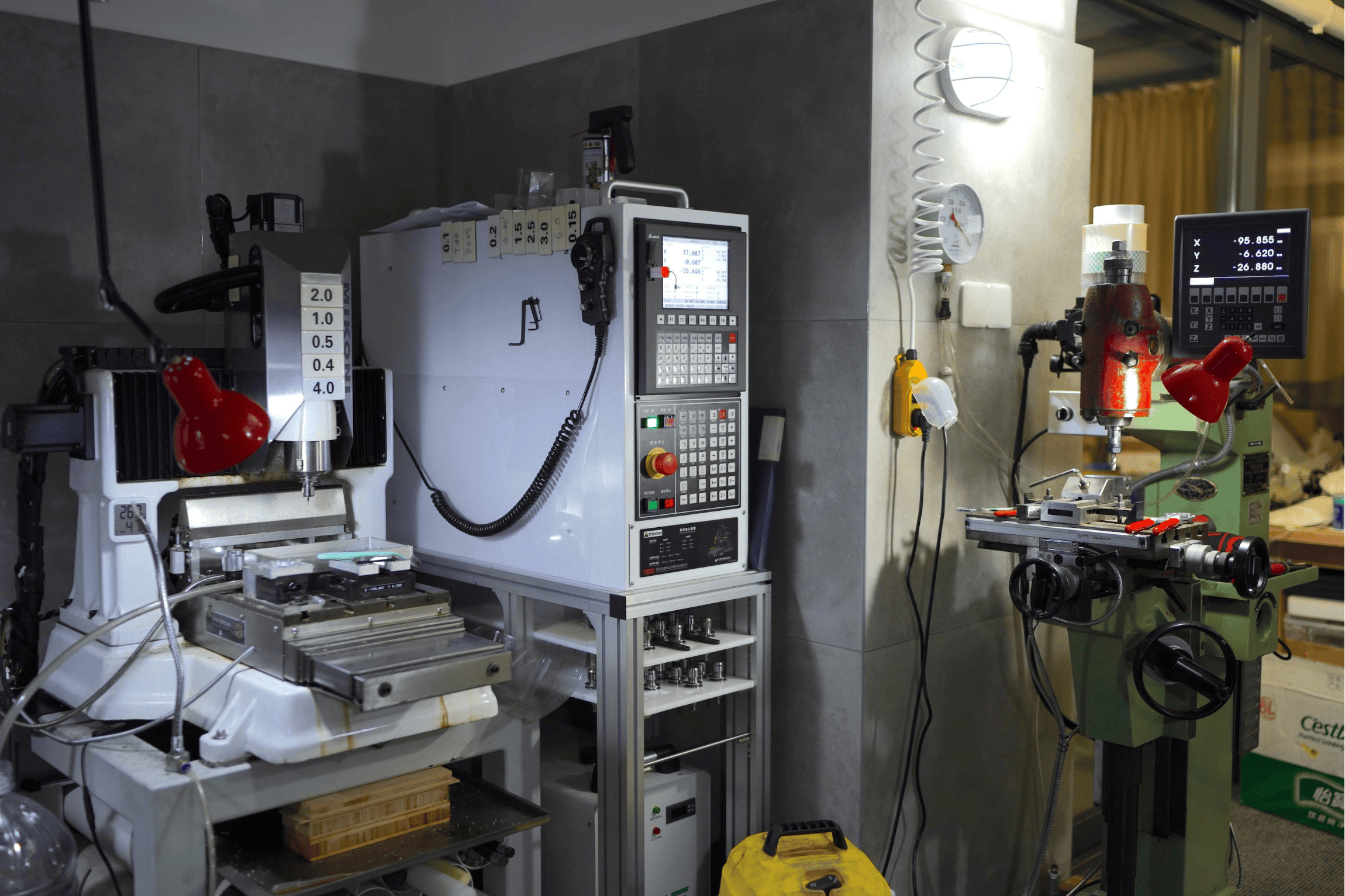
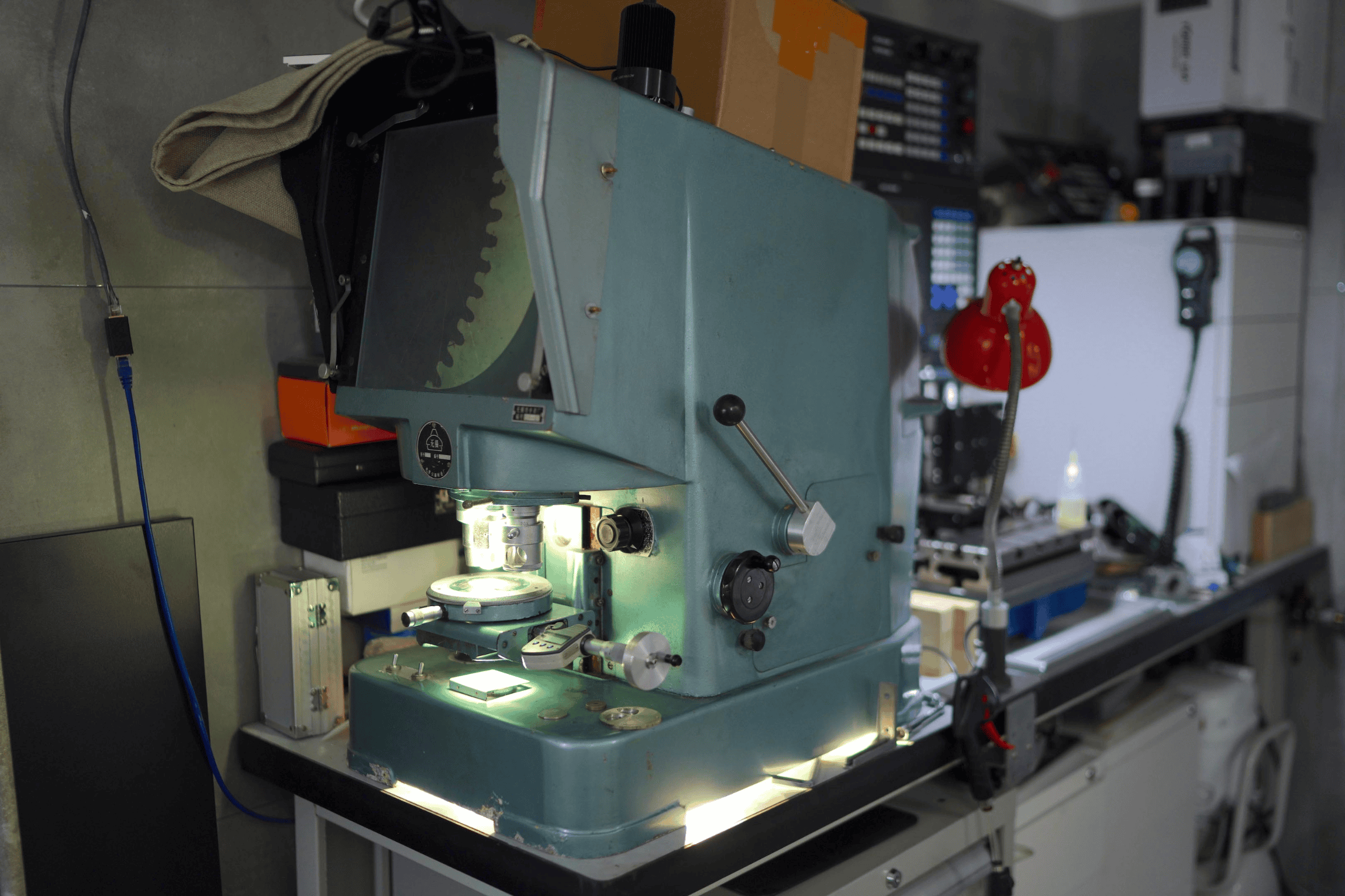
Did your background as an engineering student prove useful in the context of learning about and reproducing traditional watchmaking techniques?
A background in materials science equipped me with a certain amount of theoretical knowledge that is essential for watchmaking. It also eased the learning curve associated with self-teaching: beyond formulae, what I was studying at university allowed me to channel my efforts into techniques and skills one needs to operate precision machining equipment.
What engineering teaches you is how to efficiently glean insights from literature and online resources. Whenever faced with failure, the engineer’s mindset has given me the ability to confidently analyse the problem and develop numerous methods of improvement.
We think that mantra of improvement is especially apparent in the ‘Orca’ - one of your flagship watches which made its debut in 2016. Briefly, could you walk us through the major differences between the prototype and most up-to-date Orca iteration?
At its most simplistic, the crafting of a timepiece necessitates production of numerous constituent components. When I embark upon making the first component, I’m operating at a specific skill level; and with each subsequent component, my experience, tools, and methodology all undergo enhancement. By the time I’ve finished the final component, I begin to feel dissatisfied with my first - and end up remaking it.
Much like the philosophical paradox that is ‘The Ship of Theseus’, this iterative process pushes forward the Orca’s evolution. The versions I’ve delivered to clients showcase notable deviations from the prototype, though overall: I’d say the design language and foundational concepts remain unchanged.
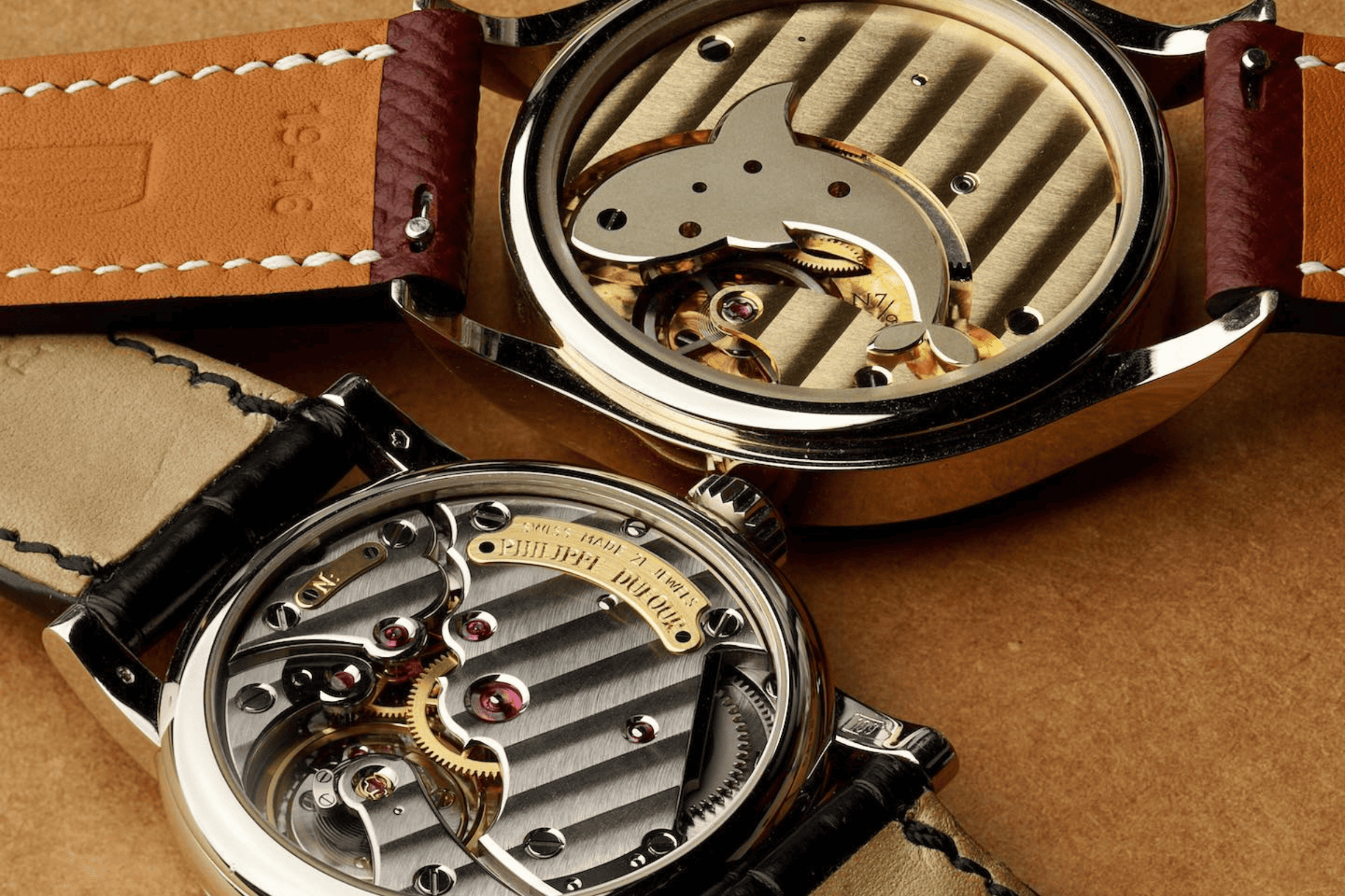
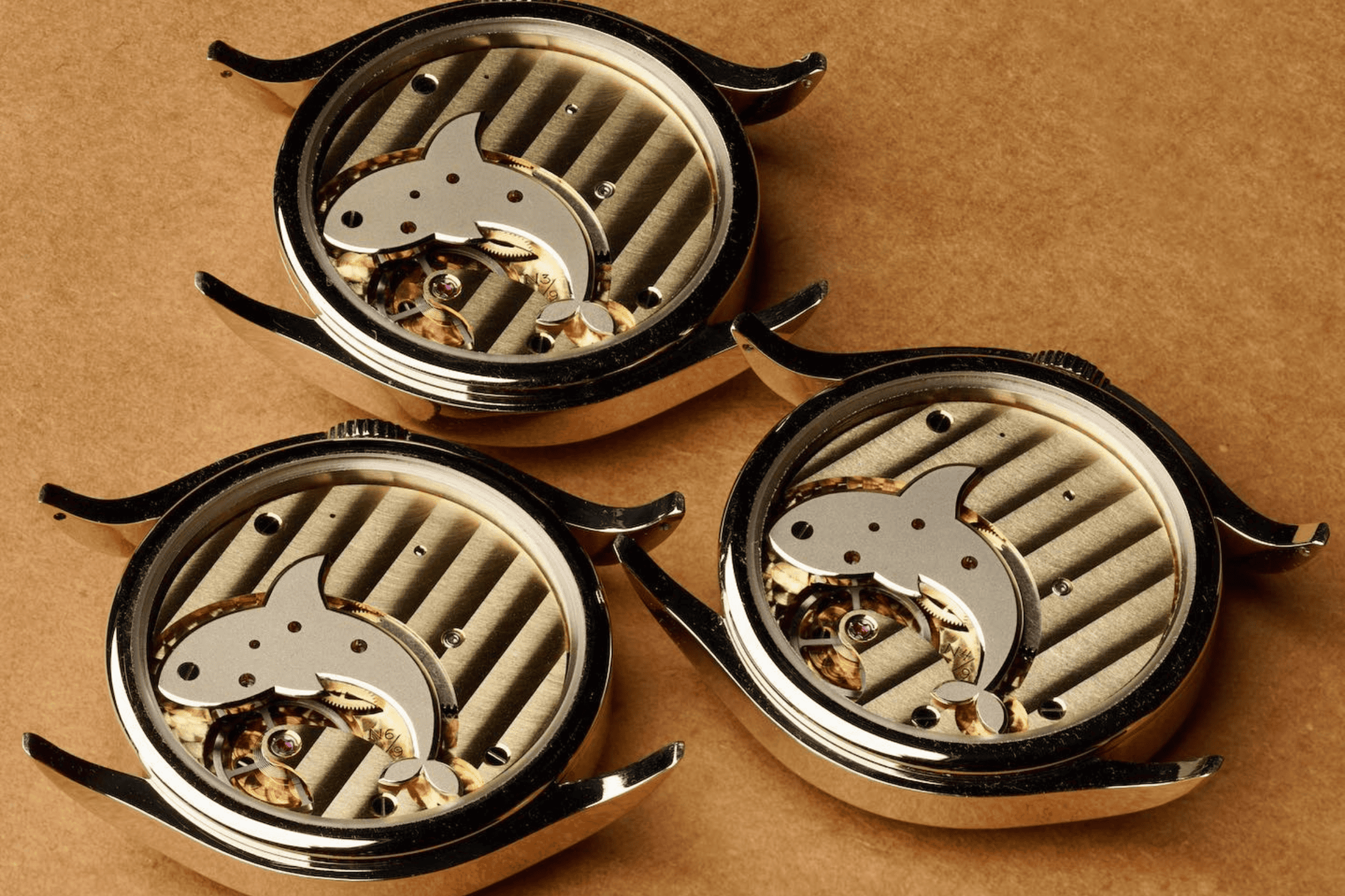
What is the backstory to the distinctive aquatic motif running through the Orca’s movement and design? Does this derive from Swiss watchmaking, or is there some personal connection to the ocean that has influenced the Orca?
By way of background: I’d previously served as a moderator on one of the most prominent watch forums in China; and continue to engage regularly with fellow enthusiasts online. During my time as a mod, it was intriguing to observe that many forumites translated the traditional finish known as ‘Geneva Stripes’ into ‘Geneva Waves’ <“日内瓦波纹”>.
From this, I got the idea to turn movement bridges into the image of an orca: capturing its leaping posture above the ocean’s surface using real waves. In so doing, my aspiration is to go beyond the conventional perception of watch movement finishing (in which techniques like Geneva striping are regarded as an act of pure decorative artistry).
My own vision revolves around the harmonious fusion of aesthetics and symbolism; so that these finishing techniques shall be endowed with a distinctive narrative.

Tell us more about the process of setting up your own watchmaking studio. As somebody who is wholly self-taught, what are the big challenges of putting together and then managing such a space?
At first my workshop was situated in Kunming (Yunnan, China) - in a vacant space that my parents rented to me. I’ve now moved the operation to Guangzhou.
In and of itself, the setting up of a watchmaking studio doesn’t present a lot of insurmountable difficulties. But what it does demand is an unquenchable thirst for knowledge and a mindset of resiliency that welcomes the prospect of errors.
Independent watchmaking is by no means a conventional occupation: you’re often confronted by issues too niche to have readily apparent solutions. For instance: how do you purchase and operate equipment? How do you manage tool modification and maintenance? Definitive solutions to such intricate dilemmas are elusive.
Consequently, a willingness to embrace failure and accommodate the unforeseen are integral aspects of the journey.
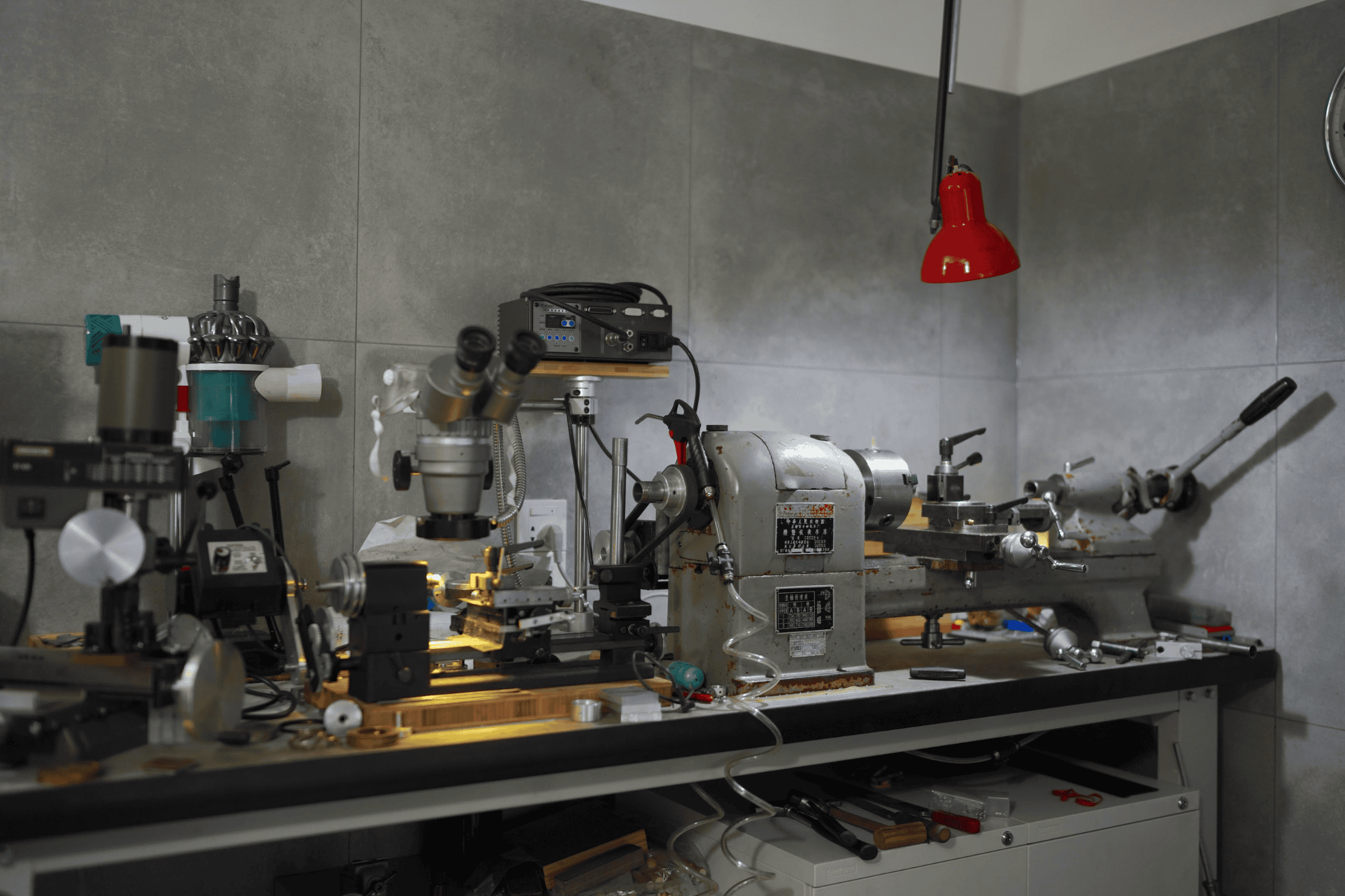
Besides the Orca - which is a design you’re very well-known for - what can you tell us about the ‘Iceberg’ watch that uses your novel ‘equal push’ escapement?
The ‘equal push’ embodies my endeavour to improve existing traditional escapement systems. Rather than an idealised mathematical problem, escapements are beset by real-world engineering challenges. As such, my exploration of the ‘equal push’ remains a work in progress.
Shifting to other horological facets, my latest upcoming creation is called the Wuwei <无为>: a watch which embodies the philosophical concept of the same name rooted in Taoism. In today’s watch industry, there is an excessive emphasis on intricate finishing, ‘world-first’ mechanisms and unheard of materials. With the Wuwei, I seek to convey that even without these deliberate intricacies, a watch movement can still hold beauty.
My aim is to do this by accentuating the depth of view in the Wuwei movement: focusing specifically on the contours and harmonious proportion of its plates and bridges.

You’ve spoken beforehand on social media about the importance of adopting an attitude of “anti-specialization”. In your view, why is it so important for up-and-coming independent watchmakers to try their hand at all aspects of production?
I’d like to start by emphasizing that collaborative specialization stands as the most efficient, cost-effective way of manufacturing a product in the 21st century. This involves dedicated individuals working on components separately; before then assembling together. This approach is employed in the production of most goods in our modern society. Conversely, independent craftsmanship is not driven by the pursuit of utmost economic gain - one could even argue that it’s completely inefficient!
However, by embracing anti-specialization, independent watchmaking offers a unique proposition. The watchmaker is granted an unparalleled degree of control over the production process, allowing a holistic and deeper comprehension of design principles. Additionally, there are also the [well-documented] romantic and artisanal aspects to consider.
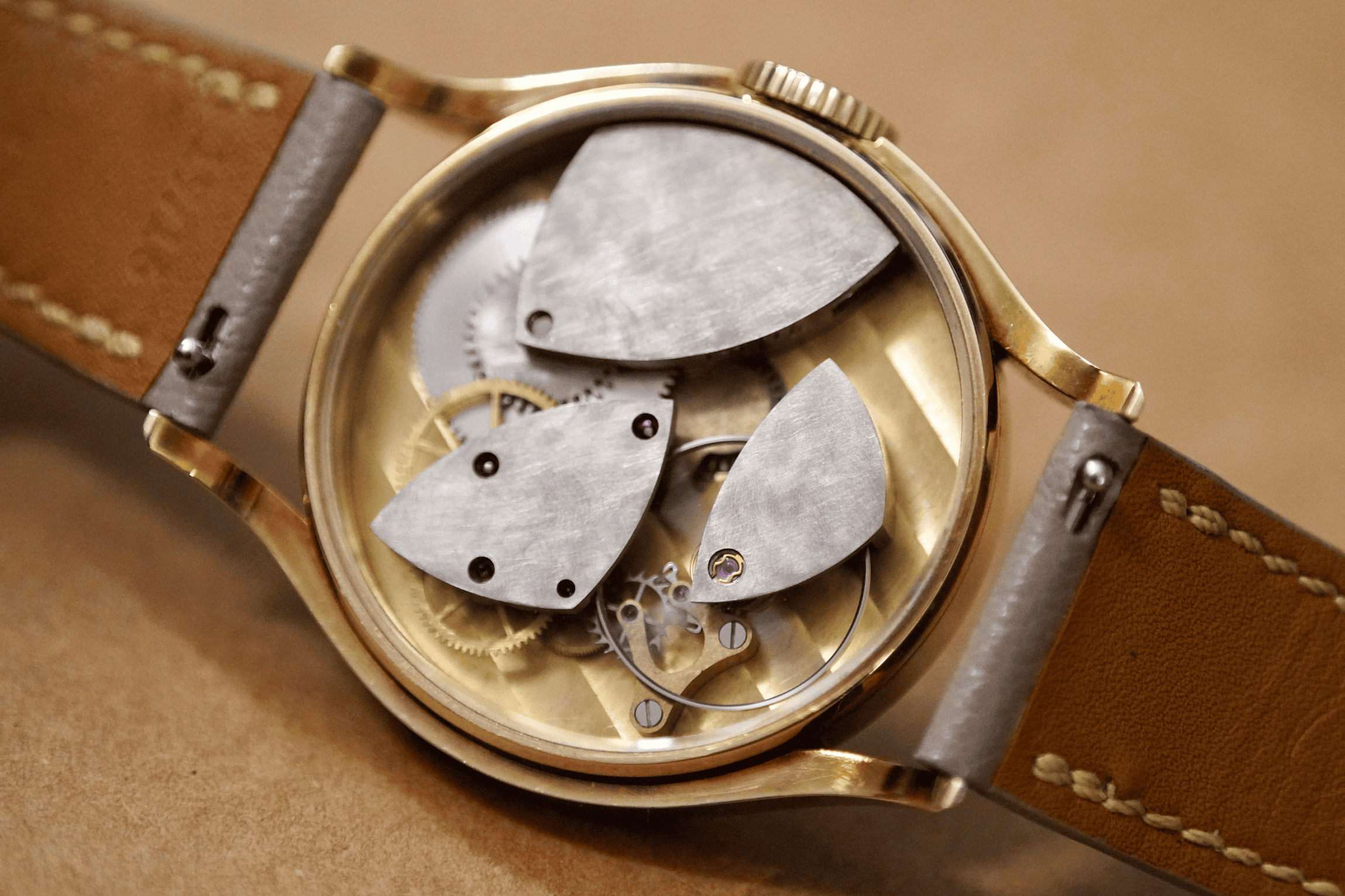
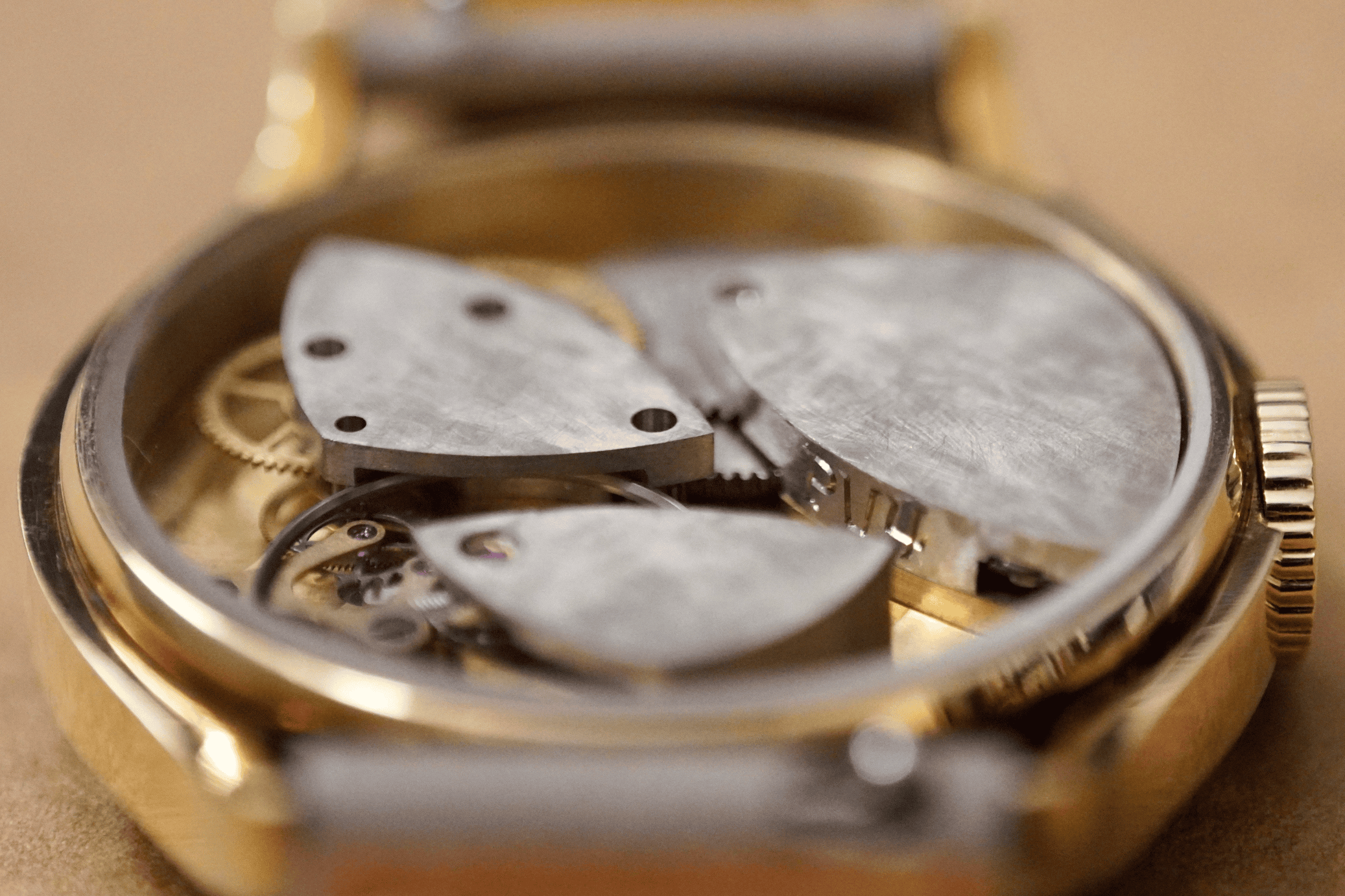
For the period between 2023-2024, our understanding is that you intend to make a strict quantity of 20 watches? How did you decide on this particular figure?
It’s a rough estimate based on the level of efficiency that I was able to achieve whilst making the Orca: approximately 20 watches over a two-year period, averaging about 10 watches annually.
I note that this rate falls slightly below my total capacity: as I’ve intentionally set aside some time to be dedicated to the development of new designs.
As a collector of historic watch movements from different European brands, are there any individuals or specific mechanical calibres that have influenced your own horological style?
Not dissimilar to how writers learn through the literature of their peers, or composers find inspiration in the work of fellow musicians; a watchmaker may derive immense satisfaction from immersing themselves in masterpieces crafted by their counterparts. As such, my collection includes pieces which not only spark creativity but that also resonate with me.
Nowadays even though I exclusively wear watches of my own making, I’ve found that I do maintain the hobby of collecting historic pocketwatch and wristwatch movements. Swiss movements aren’t actually all that numerous - accounting for less than half of my collection. Overall, I have a greater fondness for French pocket watch movements, as they possess a larger variety and (in my view) more charm.
As for horological heroes: mine are Jean-Antoine Lépine and Abraham-Louis Breguet. Despite being masters of mechanical engineering, they perceived watches to be art objects more than timing instruments. I find myself exhibiting similar thinking.
In light of your continued engagement online and in the forums, how would you say the tastes of indie watch collectors in Greater China have changed in the past 5-6 years?
I’d say that the character of independent watch collectors is as diverse as independent watchmakers themselves - each collector being absolutely unique. More than nationality, the variance you get between each individual feels significant.
Broadly speaking however, it appears to me that collectors of independents in China tend to maintain a relatively discrete profile. There are a number of people who possess extensive and diverse watch collections ; yet they choose not to exhibit this on the internet.
Editor's note: Logan has provided all the visuals, including the hero image, for this story
